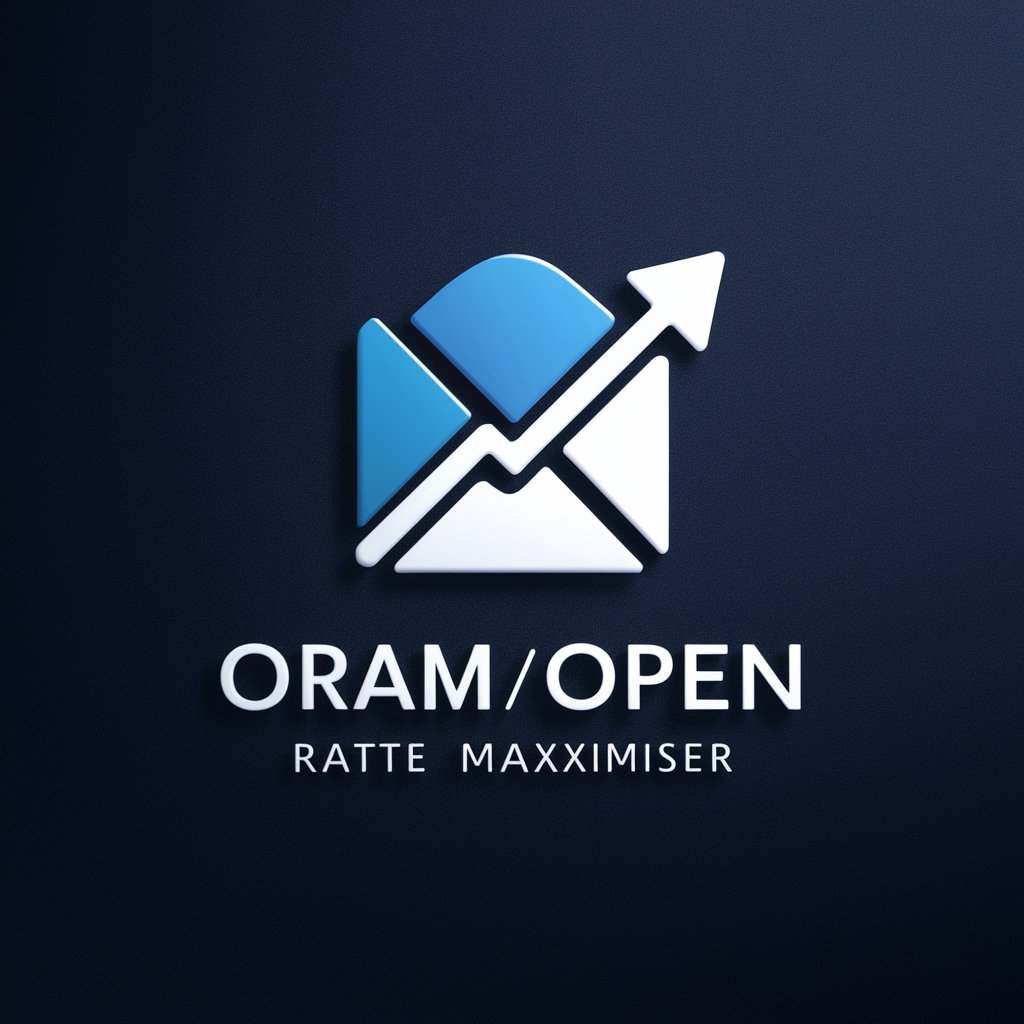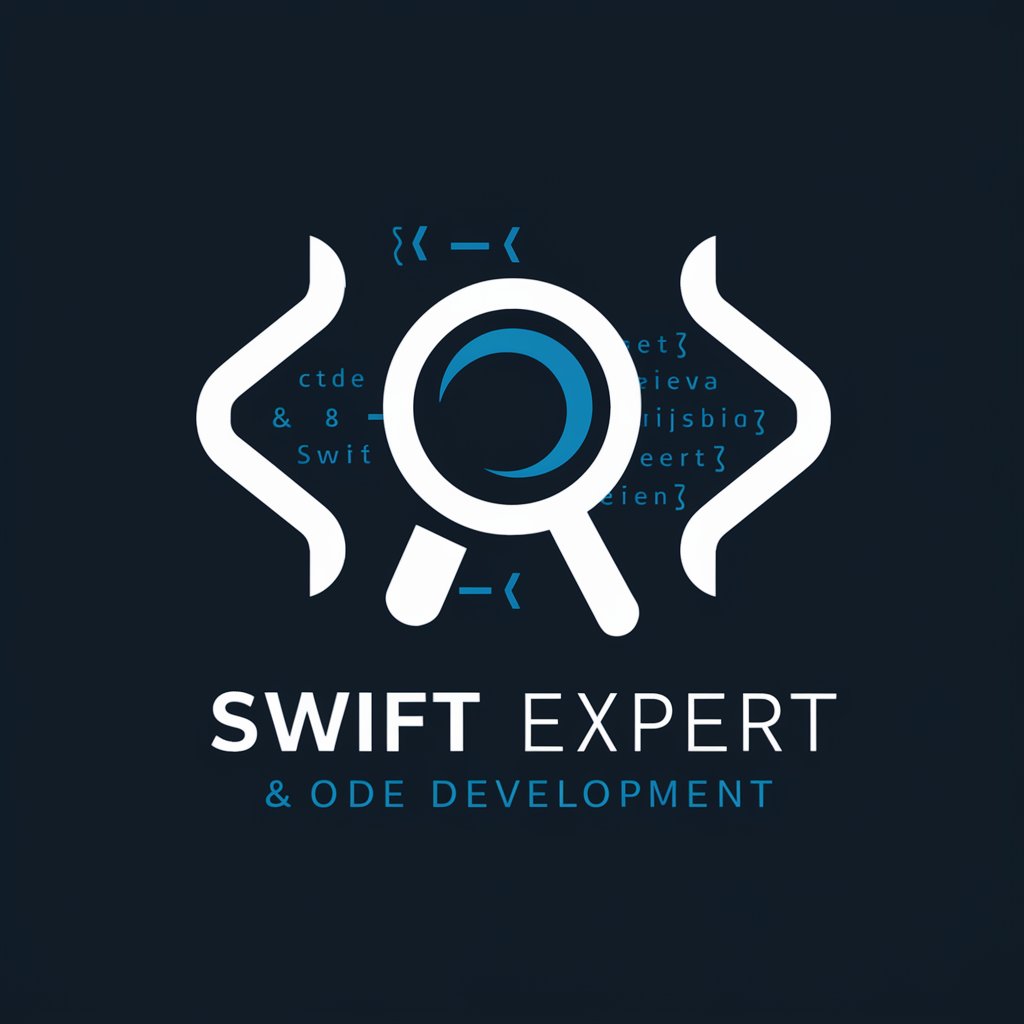TAM/SAM/SOM Calculator for your Startup - TAM/SAM/SOM calculator for startups.

Hello! Describe your startup idea briefly to begin.
AI-powered market size calculator.
Describe your startup idea in one or two sentences.
What is your target customer demographic?
Which geographic regions are you planning to serve?
What is your pricing strategy for your product or service?
Get Embed Code
Introduction to TAM/SAM/SOM Calculator for Your Startup
The TAM/SAM/SOM Calculator for your Startup is designed to help startups identify and quantify their market potential through three primary market measures: Total Addressable Market (TAM), Serviceable Available Market (SAM), and Serviceable Obtainable Market (SOM). TAM represents the total market demand for a product or service, indicating the maximum potential market a business can aim to reach. SAM narrows this down to the segment of TAM that can actually be reached and served by a startup's products or services, considering geographic and regulatory constraints. SOM further refines this by focusing on the portion of SAM that can realistically be captured, accounting for competitive forces and market penetration capabilities. For example, a startup offering an innovative educational platform might estimate its TAM as the global educational software market, its SAM as the portion of that market in English-speaking countries, and its SOM as the likely market share it can achieve within the first few years given its marketing strategy and competition. Powered by ChatGPT-4o。

Main Functions of TAM/SAM/SOM Calculator for Your Startup
Market Size Estimation
Example
Estimating the TAM for a new eco-friendly packaging material within the food industry.
Scenario
A startup develops a biodegradable packaging solution for fast food chains and uses the calculator to determine the global market for sustainable packaging as its TAM, then narrows it down to fast food chains in environmentally conscious regions as its SAM, and further refines it based on likely adoption rates to calculate its SOM.
Investor Pitch Preparation
Example
Crafting a TAM slide for investor presentations to showcase market potential.
Scenario
A tech startup uses the calculator to prepare detailed market analysis slides showing the TAM, SAM, and SOM for its cloud storage solutions targeted at small and medium enterprises, highlighting its growth potential and competitive strategy to attract venture capital.
Strategic Planning
Example
Using TAM/SAM/SOM to guide product development and market entry strategy.
Scenario
A health tech company planning to launch a new wearable device uses the calculator to understand the overall market for health monitoring devices (TAM), identifies potential market size in the U.S. (SAM), and calculates expected market share among older adults (SOM), influencing its product features and marketing campaigns.
Ideal Users of TAM/SAM/SOM Calculator for Your Startup Services
Startup Founders and Entrepreneurs
Individuals in the early stages of business planning and seeking to understand the market potential of their new ideas. The calculator helps them quantify the size of their target market and refine their business strategies based on realistic goals.
Investors and Venture Capitalists
Investors looking to assess the viability and potential return on investment of startups. They use the calculator to verify the market size claims made by entrepreneurs and to ensure the startups they invest in are targeting sizable and reachable markets.
Business Strategists and Consultants
Professionals who advise companies on market entry and expansion strategies. They use the calculator to provide data-driven recommendations to their clients about which markets to target and how to position their products or services.

Guidelines for Using TAM/SAM/SOM Calculator for Your Startup
Visit yeschat.ai for a free trial without login, no need for ChatGPT Plus.
This calculator is freely available and does not require a subscription.
Outline your business concept and target customer base.
Identify your product/service and the market segment that will realistically buy it. Understand the specific problem your product solves, customer demographics, and geographic regions.
Estimate TAM, SAM, and SOM based on pricing and customer base.
Calculate TAM by multiplying the number of potential customers by the pricing model. Narrow down the SAM to the segment of the market you can realistically reach and identify your SOM as the portion you can capture after accounting for competition.
Use accurate, relevant data sources.
Gather information on pricing, market segments, and customer behavior through reports, surveys, or previous sales data. Adjust for any assumptions and justify the numbers clearly.
Review and refine your calculations.
Ensure your market size numbers are reasonable and align with current market trends. Cross-check them against data to refine your strategy for investors.
Try other advanced and practical GPTs
Employee Handbook Helper
Streamline HR with AI-powered Customization

Mid Journey
Envision Art, Create Reality

ORam_Open Rate Maximiser
Enhance Open Rates with AI Power

Review Swifty
Optimizing Swift code with AI

写作
Empowering Your Words with AI

Realtor
AI-powered Real Estate Innovation

Bokföring
Your smart accounting solution, powered by AI.

MJv6 Photorealistic Prompt Engineer
Crafting Realism with AI

Image Generator: Photorealistic 3D Human or Scene
Crafting Reality with AI

Photorealistic GPT
Bringing your ideas to life, realistically.

NBA Oracle
Powering Your NBA Insights with AI

JpPicks
Smart Betting Decisions Powered by AI

Frequently Asked Questions about TAM/SAM/SOM Calculator for Your Startup
Why is it crucial to calculate TAM, SAM, and SOM accurately?
Accurate calculations provide realistic expectations for business growth and revenue. They help attract investors by showcasing achievable market size goals, enabling strategic planning, and clarifying your startup's potential for market capture.
What's the best way to determine accurate TAM, SAM, and SOM calculations?
A bottom-up approach using data from early sales efforts or thorough market research is best. Define pricing accurately and use realistic assumptions about customer demographics and regions.
How can I avoid common errors in market size calculations?
Avoid using top-down estimates based on the size of problems rather than actual market demand. Document assumptions clearly and ensure calculations reflect realistic market capture potential, backed by data.
Can the TAM/SAM/SOM calculations change over time?
Yes, the calculations can evolve based on market trends, new competitors, or changes in pricing strategies. Revisit your calculations periodically to adjust your business strategy accordingly.
How should I present TAM/SAM/SOM data to investors?
Create a slide with well-documented assumptions, pricing strategies, and customer demographics. Show how you've calculated the figures and the reasoning behind your chosen target segments.
